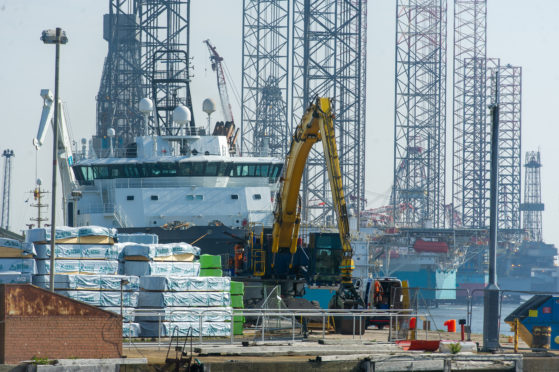A professional services giant will warn the oil industry that sweeping redundancies could ruin companies’ chances of cashing in when market conditions start to recover.
Previous crises show that planning for the upturn in activity is just as important as short-term access to cash, PwC will say in a forthcoming report.
PwC’s report, “Resilience in adversity: Emerging from the Covid-19 crisis and adapting to the new reality in oil and gas”, also says the current predicament may “drive acquisition and divestment decisions” as firms review their portfolios.
Companies will also be mulling whether to make remote working commonplace to reduce costs and improve “emergency response capabilities”.
Report authors said technology would be critical to help lower costs and improve automation, thereby mitigating the impact of the workforce becoming “incapacitated due to infection”.
PwC stressed the current downcycle was “not a rerun of 2014”, when a global supply glut caused oil prices to plummet.
Oil and gas firms are currently pulling many of the same levers in order to survive, including slashing capital expenditure and reducing headcounts.
But PwC warned that the oilfield service sector is much leaner now and will not be able to deliver the same level of savings as was the case post-2014.
The Covid-19 outbreak has also added another “layer of complexity” that was not present five years ago.
But PwC said the industry had “successfully navigated multiple crises” and could “take forward” a number of lessons to help it survive the current slump.
But the report – which also highlights the impact of Covid-19 and the price slump on the market capitalisation of oil majors and oilfield service firms – warned that while some headcount reductions were unavoidable, there are “shades of reduction, such as option to furlough staff on reduced pay”.
“Letting go of essential staff in a downturn may mean companies are ill-prepared to navigate the current downturn and benefit from the upturn when it comes,” PwC said.
The energy transition will return to the top of oil and gas companies’ agendas once they have dealt with the current crisis, PwC said.
Oil and gas firms’ focus on shrinking carbon footprints will understandably “slip from being the top priority” while market volatility persists.
But there are concerns that the recent crude price slump and Covid-19 pandemic will lead to those plans being mothballed.
However, the report authors mused: “Think of how people’s energy consumption has changed with less travel and commuting, or how public sensitivity has been heightened about the impact of catastrophic events.










